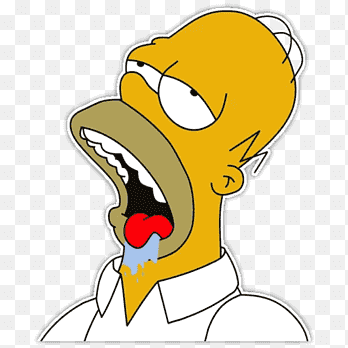It’s fair to distinguish between CRT as an academic term and CRT as a popular term. The problem is that popular CRT is based on a false reality, not simply a misunderstanding of or different definition from academic CRT.
Popular CRT rips academic language entirely from its context to make it say anything and everything, makes up and exaggerates stories about what is taught in schools, and mixes it all up into a moral panic to create this impenetrable web of grievances. It’s anger in search of a cause. The anti-CRT arguments simply create a false intellectual basis to justify the pre-existing anger. It convinces parents to advocate against the education of their children, which is madness.
The things anti-CRT advocates claim are happening in schools aren’t an accurate reflection of reality. In a country this size, you can surely find examples of anything, but that doesn’t mean that those examples are a reflection of what is broadly happening. That assumes that those examples are fairly and accurately reported, which is rare.
There’s also a disconnect with the meaning of the word teach. This discussion uses the word “teach” in almost religious tones — the Catholic Church teaches transubstantiation; Mrs. Sweeterson’s 6th grade social studies classes teaches world religions. Those should carry very different connotations regarding the level of advocacy, but they are often treated as the same when race and culture are involved.
A teacher could (they largely don’t, but they could) teach CRT — whatever that actually means — without ever advocating for all the things (falsely) attributed to it. It’s just a tool for understanding our culture, not a religious belief. You can teach a perspective without advocating for or against that perspective. To argue otherwise is to embrace the wokiest parts of cancel culture.








